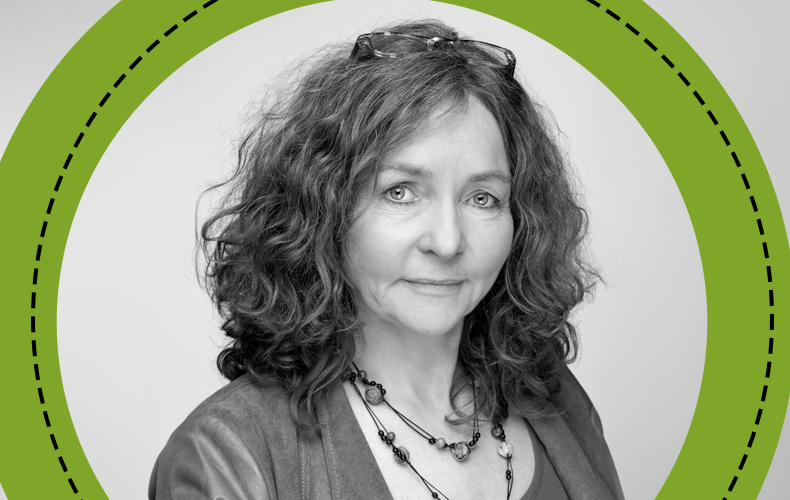7 July 2020 – In 2005, Hongyan Wang was performing a novel genetic screen, aiming to isolate genes involved in the development of the central nervous system of fruit fly larvae. She was amazed to see that mutations in a gene called aurora-A – a well-known cell cycle regulator – had led to the larvae developing unusually large brains, brimming with neural stem cells. “They resembled tumours, and I thought this could be a great new model to study brain tumour suppressors,” says Wang, whose group at Duke-NUS Medical School in Singapore investigates how neural stem cells divide and proliferate. “But it also raised a puzzling question: how could mutations that slow the cell cycle generate so many neural stem cells?”
Stem cells typically divide asymmetrically: one daughter cell retains self-renewing ability, while the other is more fate-restricted. Wang discovered that mutations in aurora-A led neural stem cells to divide symmetrically, sending the production of self-renewing stem cells into overdrive. She also identified the oncogenic role of a key transmembrane receptor called Notch in the brain, which was negatively regulated by Aurora-A. “We showed that tumour suppressors could play a crucial role in the asymmetric division of neural stem cells – and that defects lead to brain overgrowth,” says Wang.
Drosophila neural stem cells are now an established model for studying stem cell renewal and tumour formation. Following these initial discoveries by Wang and a handful of other groups, a similar association was identified in human brain tumours. Wang’s research now focuses on related puzzles such as how differentiated neural cells can revert back to stem cells and how quiescent – or “sleeping” – neural stem cells can reenter the cell cycle. “This field is still very new, at each stage there are new discoveries to be made,” Wang adds.



